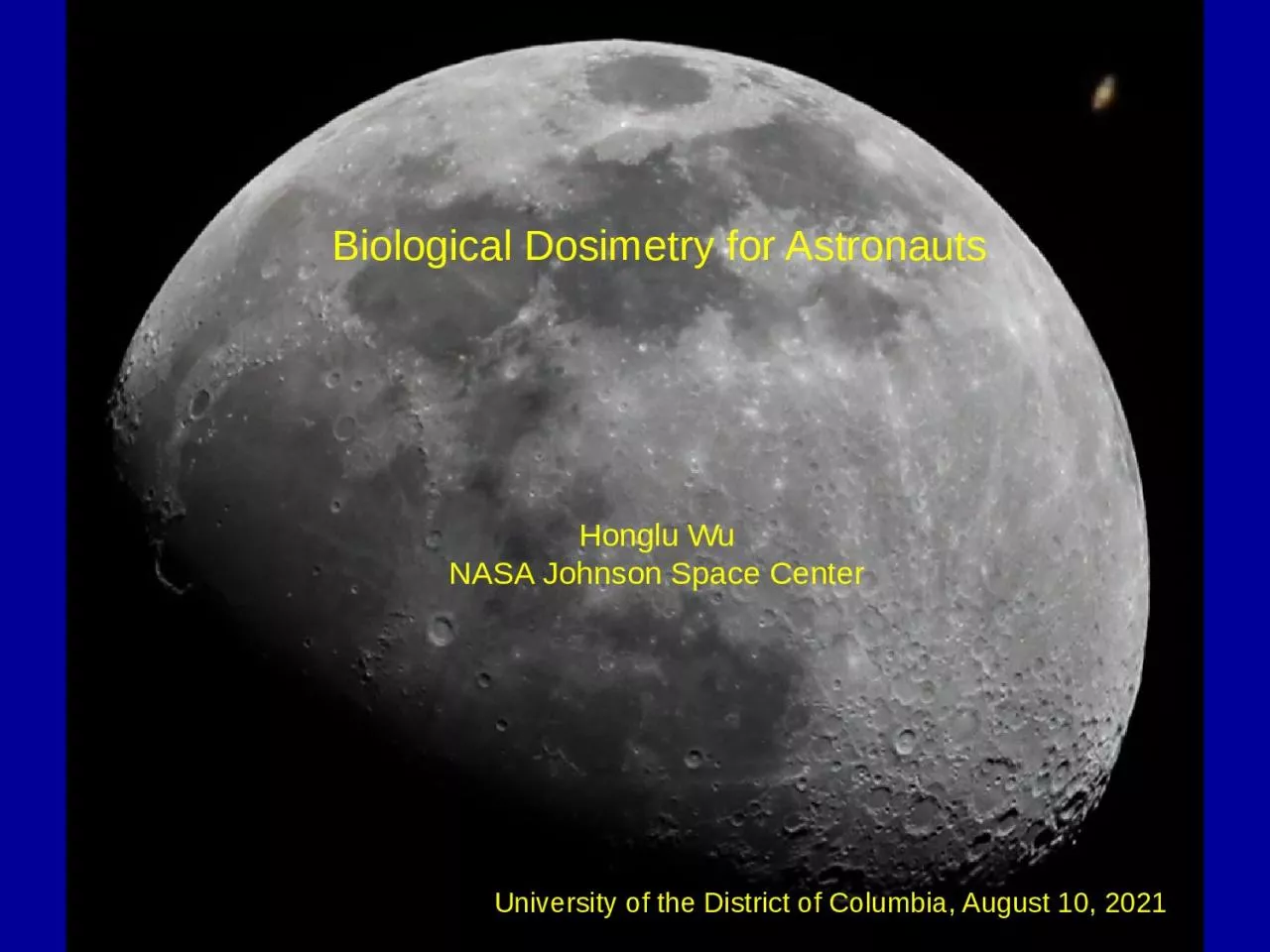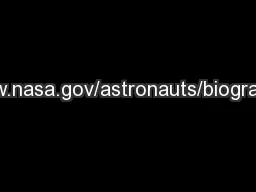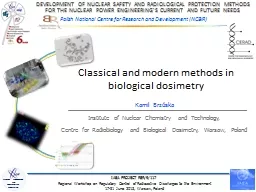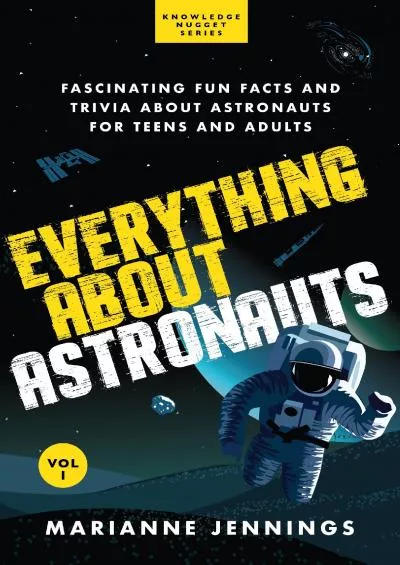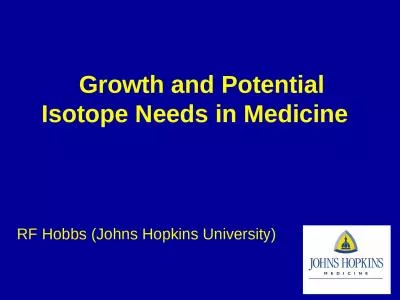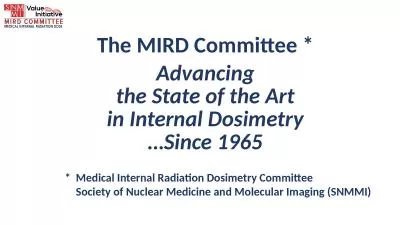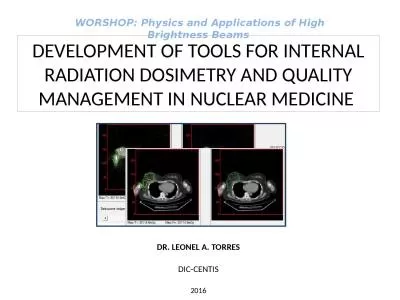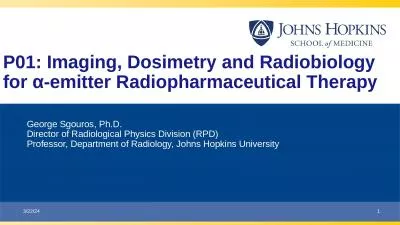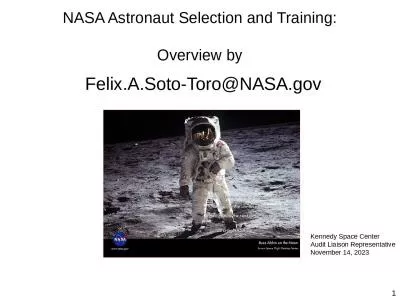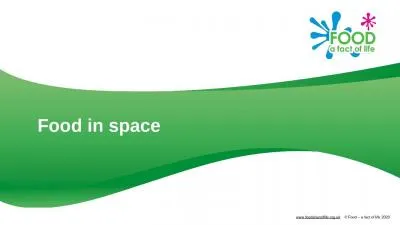PPT-Biological Dosimetry for Astronauts
Author : blanko | Published Date : 2024-03-13
Honglu Wu NASA Johnson Space Center University of the District of Columbia August 10 2021 S GALACTIC COSMIC RADIATION GCR Protons to Iron Nuclei SOUTH ATLANTIC ANOMALY
Presentation Embed Code
Download Presentation
Download Presentation The PPT/PDF document "Biological Dosimetry for Astronauts" is the property of its rightful owner. Permission is granted to download and print the materials on this website for personal, non-commercial use only, and to display it on your personal computer provided you do not modify the materials and that you retain all copyright notices contained in the materials. By downloading content from our website, you accept the terms of this agreement.
Biological Dosimetry for Astronauts: Transcript
Download Rules Of Document
"Biological Dosimetry for Astronauts"The content belongs to its owner. You may download and print it for personal use, without modification, and keep all copyright notices. By downloading, you agree to these terms.
Related Documents

